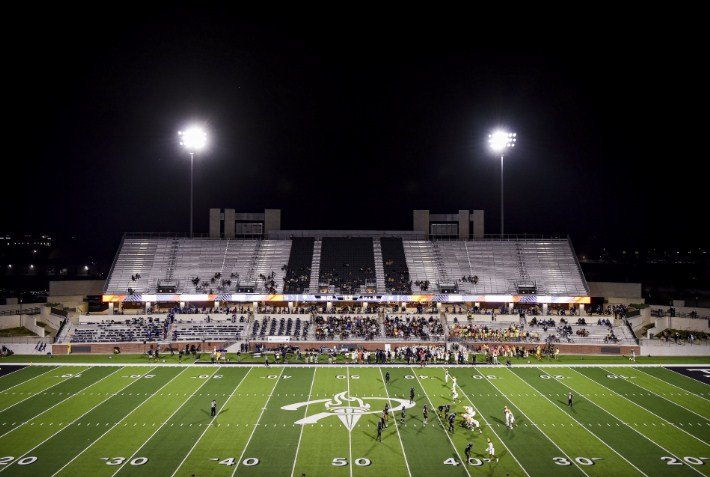In the recent municipal bond elections held on November 7, 2023, US voters rejected most of the bond proposals that sought to fund school sports facilities across the country. Out of the 40 bond measures that included athletic facility projects, only 12 passed, while 28 failed, according to a Texas Education News analysis.
The bond proposals that failed ranged from $94 million for a second football stadium in Prosper ISD, Texas to $15 billion for state-wide school construction and modernization in California. Voters in these districts expressed concerns over the high cost of the bonds, the need for academic priorities over athletic ones, and the impact of the pandemic on the economy and education.
Some of the bond proposals that passed, however, were more modest and focused on improving existing facilities rather than building new ones. For example, voters in West Ada School District, Idaho, approved a $70 million bond that included $10 million for renovating athletic fields and tracks. Voters in Rockwall ISD, Texas, also approved a $198 million bond that included $12 million for upgrading athletic facilities.
Political analysts and education experts have observed a shift in voter attitudes towards school bond proposals, especially those that involve athletic facilities. Brendan Steinhauser, a political consulting strategist, said that parents are more concerned about the quality of education and the learning loss caused by the pandemic than the state of sports facilities. He added that many parents think that the existing facilities are good enough for their children to participate in sports and learn valuable lessons.
Other factors that may have influenced the bond election outcomes include the lack of public awareness and engagement, the low voter turnout, and the political polarization over education issues. Some school districts may have also failed to communicate the benefits and the urgency of the bond proposals to the voters, or to address the potential drawbacks and risks.
The bond election results have implications for the future of school sports facilities in the US, as well as the overall quality of education and student well-being. While some districts may try again in the next election cycle, others may have to find alternative ways to fund their facility needs or to cope with the existing challenges. The bond election results also reflect the changing priorities and preferences of the voters, who may demand more accountability and transparency from the school districts and the state governments.

